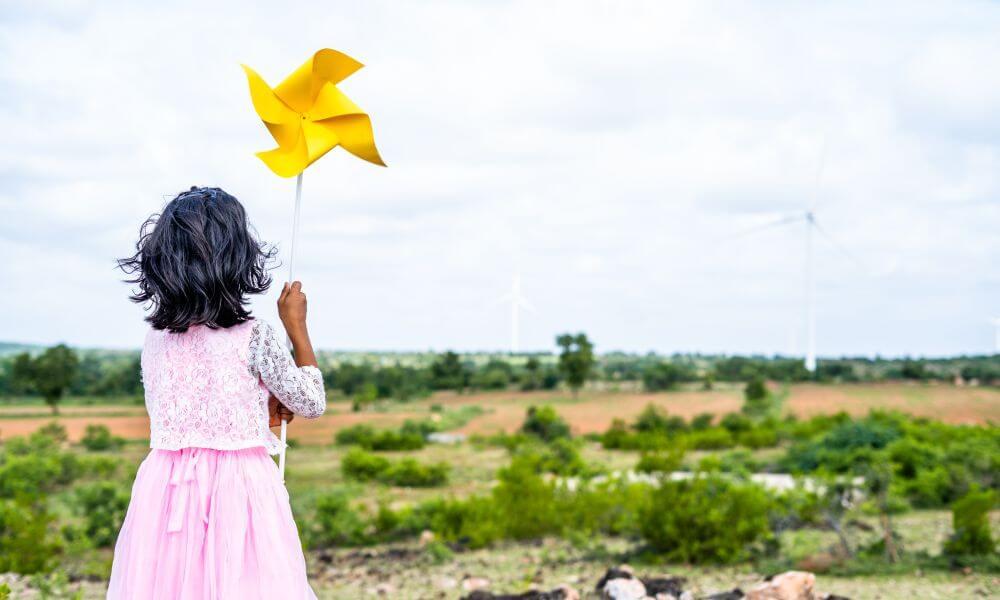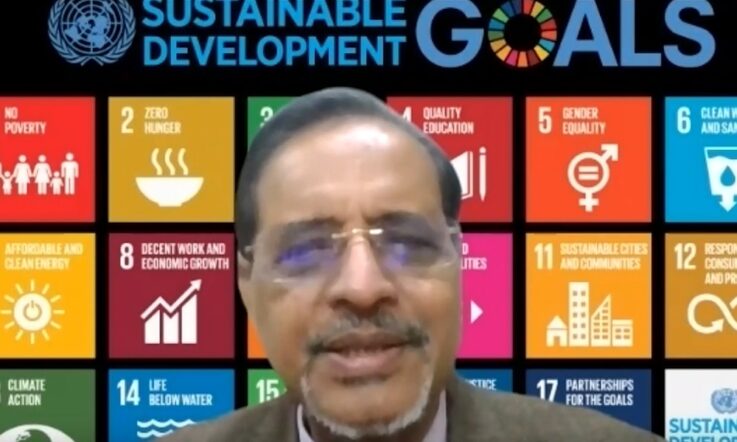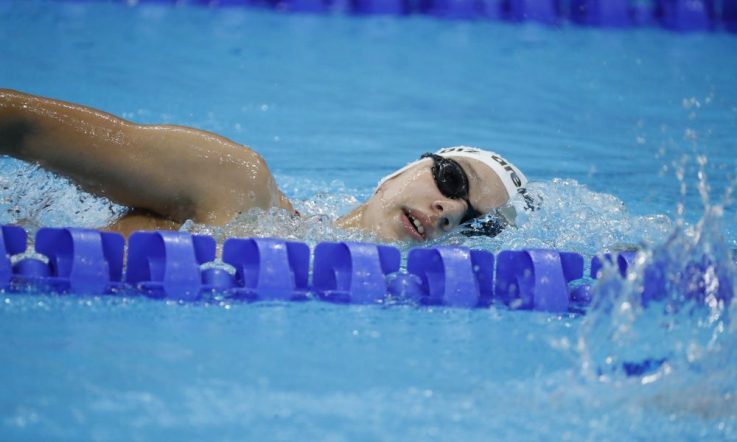What are some of the ways of introducing Sustainable Development Goals in primary grade classrooms? In our latest reader submission, Arushi Sikri, IB PYP Educator at Prometheus School, Noida, outlines her teaching practices that help students to learn, reflect, and critically think about SDGs and current global challenges.
In 2015, the United Nations established the Sustainable Development Goals (SDGs) – a set of 17 global objectives aimed at addressing the world’s most pressing challenges, such as poverty, inequality, and climate change.
These goals are designed to be a collective roadmap for achieving a better and more sustainable future by 2030. As educators, we have an opportunity to embed critical global issues into our students’ learning experiences, empowering them to become informed, engaged citizens.
At Prometheus School in Noida, integrating SDGs has become a way to foster inquiry, collaboration, and creative action. To elaborate, in my grade 5 classroom, our goal was to familiarise students with SDGs, connect them deeply to the issues, and inspire them to take ownership of solutions.
This journey of learning was driven by student agency and inquiry-based learning, allowing SDGs to become much more than a lesson they became a call to action for the students themselves.
Establishing the importance of SDGs
When introducing SDGs, I wanted students to relate to the goals on a personal level. It’s easy for young learners to view SDGs as something abstract – global goals to be achieved by government officials or large organisations.
To shift that mindset, I began with open-ended discussions that were related to their own lives. I asked essential questions such as ‘What challenges does our world currently face?’, and ‘What can we do to help solve these problems?’
Students reflected on the issues they observe in their community, from pollution in local rivers to inequality in access to education. As they made these connections, the urgency of SDGs began to resonate with them. They started seeing the goals as a shared responsibility and as a means to address problems that impact not only their community but the entire world.
By establishing SDGs as something directly relevant to their lives, I emphasised that every individual no matter how young can contribute to global solutions. This helped create a sense of empowerment and purpose, both essential for fostering student-driven learning.
So, what did we do at our school to engage grade 5 learners with SDGs?
Engaging students with books on SDGs
To deepen their understanding, students embarked on a reading journey that introduced them to the world of SDGs. They had the choice to explore different texts, each offering a unique perspective on the goals.
Titles included Start Doing Good by Dr Mara Catherine Harvey and Mariajose Gajate Molina, Frieda Makes a Difference by the United Nations, and Eco Boys and Girls by Maria Snyder. These books were available in e-version, giving students the flexibility to access them both in and outside the classroom.
Providing students with the autonomy to choose which book they wanted to explore in detail was key to encouraging student agency. In my experience, allowing choice creates an environment where students feel more accountable and motivated to take ownership of their learning, and they often engage with the material more deeply.
As they explored these texts, students used graphic organisers and mind maps to break down and synthesise information, developing efficient note taking habits in the process. This step also set the stage for deeper conversations.
With each student reading and interpreting the material differently, their graphic organisers served as starting points for discussions about how SDGs relate to real world issues.
Peer teaching and collaboration
One of the most powerful strategies I use in my classroom is peer teaching. After students read their chosen books and developed their mind maps, they were tasked with presenting SDGs in their readings to their classmates.
This peer-led teaching approach had several benefits it built communication skills, fostered collaboration, and allowed students to learn from each other.
Peer teaching also nurtured a deeper understanding of the material. As students prepared to present, they often had to rethink how they understood certain concepts, allowing them to reinforce their knowledge. The students took ownership of the SDGs they were passionate about, and this allowed for a richer exchange of ideas.
Students then went a step further, discussing who should take responsibility for the SDGs. As a class, they divided the goals into different levels of responsibilities global, national, state, community, and school - and identified stakeholders at each level. This activity enabled students to understand the interconnectedness of the SDGs while making the strategy of ‘making connections from text to world’ more concrete.
Through collaboration, students critically analysed which stakeholders should take the lead in addressing each goal. They recognised that while some SDGs require large-scale governmental intervention, others could be tackled on a local level, even within their school community.
These discussions sparked critical thinking as students learned to voice their perspectives and consider opposing viewpoints.
From discussion to action: Creative projects as advocacy
Once the discussions were complete, it was time for students to move from ‘understanding’ to ‘action’. The next step was to create evidence of their learning by designing projects communicating their understanding of SDGs.
True to the spirit of student agency, I gave them the choice to decide how they wanted to express their understanding. The mediums they chose included creating comic strips, developing flipbooks, and designing storyboards – all of which integrated language skills and creativity.
This creative freedom enabled students to apply their knowledge in a way that felt meaningful to them. Some students used comic strips to convey the importance of gender equality in a fun, visual format, while others created storyboards highlighting the dangers of climate change.
Whether digital or handmade, these projects allowed students to demonstrate their understanding while practising essential language skills such as summarising, sequencing, and persuasive writing.
The diverse range of projects also showed each students’ unique interpretations of SDGs and the causes they were most passionate about. From learning tools, these projects became advocacy tools, where students could share their understanding with peers, parents, and the wider school community.
Final thoughts and reflections
Integrating the United Nations SDGs into the classroom is more than a lesson in global citizenship – it’s an opportunity to inspire students to think critically, collaborate, and act.
By introducing SDGs through meaningful discussions, providing choice in reading materials, encouraging peer teaching, and fostering creativity through student-driven projects, it was possible to turn abstract global goals into personal, actionable challenges. In my grade 5 classroom, SDGs became more than just a set of global goals they became a lens through which students view their role in the world.
By empowering students to take ownership of their learning, we can help them grow into thoughtful, responsible global citizens who are ready to make a positive impact in the world.
And by connecting the classroom to real-world challenges and giving students agency, we create a learning environment where inquiry leads to meaningful action. That might be the most important lesson we can teach.
In this article, Arushi Sikri says that SDGs ‘became more than just a set of global goals – they became a lens through which students view their role in the world’. As a teacher, how do you ensure your learners can connect with global issues on a more personal level?
The article also discusses critical thinking and student agency in learning. What strategies do you use to give students agency in their learning? How do you support them to become independent learners and critical thinkers?



